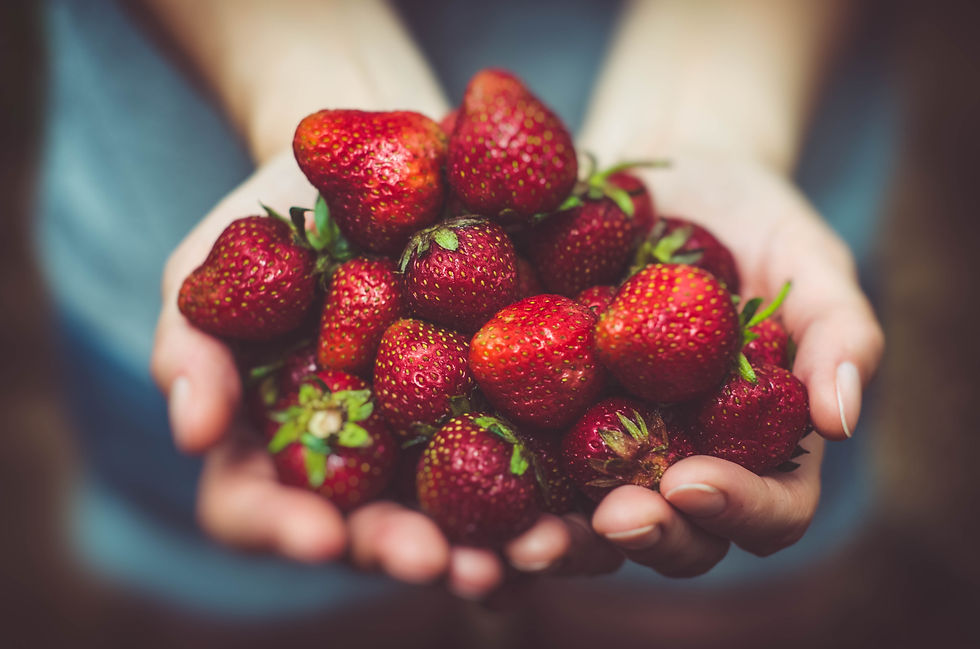Food and drink trends come and go. Whether it is over-the-top milkshakes piled high with crazy toppings, or molecular gastronomy elements of dishes adding intriguing twists to popular flavours or foods, diners can flock to try the latest and greatest in food and beverage innovations. But there is one trend that seems set to continue to rise in popularity and stick around for many years to come - transparency. Many consumers want to understand the full story behind what is on their plate, to feel confident in where their food and drinks come from. MarketWatch predicts that by 2024, the global food traceability market will be worth $18 billion, growing at a compound annual growth rate (CAGR) of 9%.
Transparent supply chains are essential for consumers to be able to make decisions based on their values. Whether it’s going green, purchasing fair trade, or avoiding products associated with unethical practices, people want to make fully informed choices about what they buy and consume. People want to know what goes on behind the scenes when it comes to their food - from the farm to the store or restaurant. A transparent supply chain can help build trust between food producers and consumers by giving them a sense of authenticity. Companies and producers that open their doors and tell us the story behind their products are essentially inviting us inside their kitchen - it's more than just a transaction.
Responsible sourcing
When it comes to food and drink choices, restaurants and bars around the world are finding increasing levels of interest and scrutiny from their customers regarding the ethical and environmental implications of their menu choices. They want to know that the meat and fish on offer were raised as humanely as possible, whether their fruit and vegetables are seasonal and/or organic, and whether the people involved in the journey from the farm right through to plate were treated fairly.
The Sustainable Restaurant Association’s Food Made Good standard, updated in June 2023, focuses on three key pillars:
Sourcing - Traceability, biodiversity, supplier relationships
Society - Staff welfare, diversity and inclusion, and local communities
Environment - Carbon reduction, pollution, circular economies

Real food from real people
According to research by Deloitte, in 2021 51% of consumers in the UK bought more seasonal produce, and 48% bought more locally produced goods.
Working with local, independent suppliers can bring a whole host of benefits, from a reduction in food miles to a better diversity of ingredients to showcase your region’s food heritage, to improving the end-user experience by engaging your customers with interesting and meaningful stories about the provenance of the dishes they are enjoying.
Top tips for showcasing local food heroes on your menu:
Think beyond dinner - include all your menus in this effort, including breakfast, sides, and drinks.
Get your staff onboard - Offer regular training, or even visits to or by your trusted local suppliers, so that all your staff are knowledgeable enough to answer questions regarding locally sourced items, and brimming with enthusiasm when sharing this information with diners.
Get creative - Look for fun ways to share information about your efforts to bring the best local food to your establishment. Regularly updated display boards, cards on tables with individual supplier stories, or even QR codes on menus to allow people to access details about the farms and producers responsible for the delicious ingredients they are enjoying are all great ways to do this.

Utilising technology in food transparency
Just like food trends themselves, the tech supporting the new push for transparency in food and drinks is constantly evolving. To stay ahead of the curve, invest a little time to understand these advances and what they might mean for your establishment. Blockchain is a great place to start. Behind the now-famous rise of cryptocurrencies, blockchain isn’t just for tech nerds looking to get rich. The technology used to develop and distribute digital currencies, known as blockchain, has a whole host of other interesting applications that are revolutionising more than just money. Supply chains of all kinds are benefitting from these digitally distributed ledgers, and the food and beverage industry is no exception. Benefits include reducing fraud, streamlining compliance, and enhancing consumer confidence in supply chain transparency. Read up on the technology itself as well as examples of its application in the food world with this handy guide from New Food Magazine.
Looking for more information about what Marriott is doing to support transparency efforts across our network? Check out our Serve 360 ESG Report and of course, our Responsible Sourcing Guide to learn more.

Comments